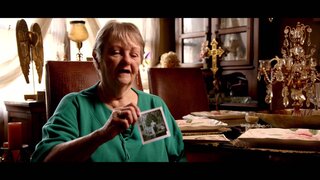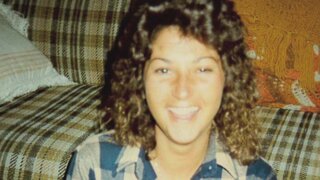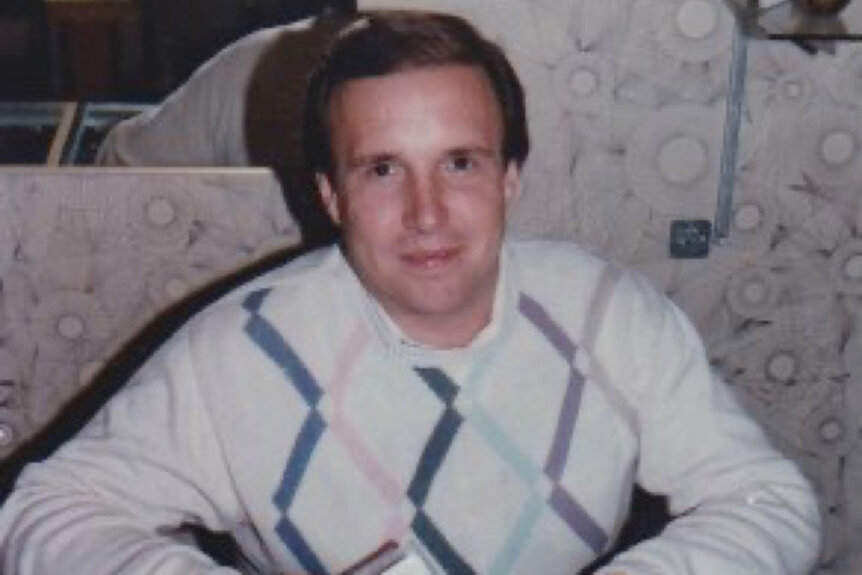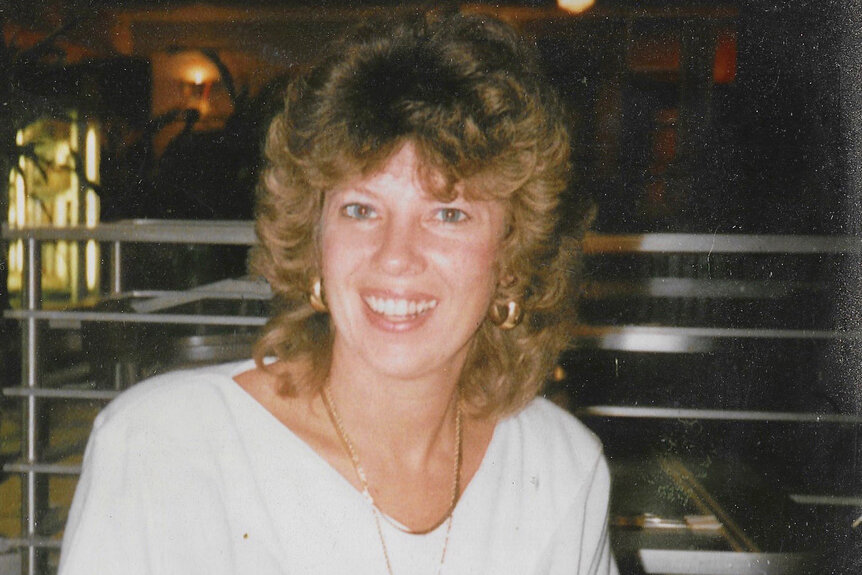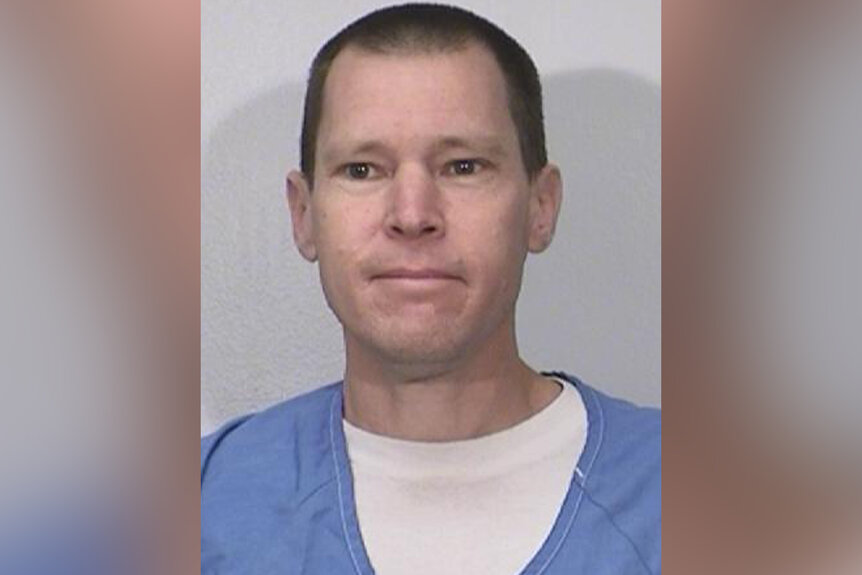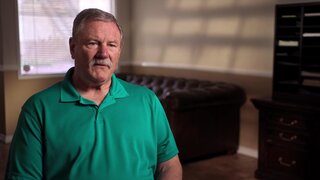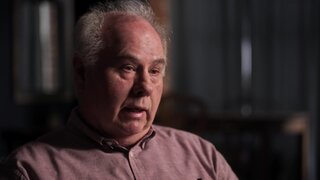Create a free profile to get unlimited access to exclusive videos, breaking news, sweepstakes, and more!
'This Was A Bloodbath': California Gold Coin Dealer Shot In The Head, 2 Others Killed
Who pulled the trigger in an Orange County rare coin store robbery and double murder? It took three trials for the truth to come out.
Newport Beach, California is famous for being a sun-soaked oceanside community. But the serenity there was shattered on March 14, 1989, when police responded to a call about a robbery in process at a rare coin store.
When officers and paramedics arrived, they saw a man who’d been shot in the head. He was walking out of the shop “almost Frankenstein style,” said Richard Long, a retired Detective Sergeant with the Newport Beach Police Department.
Inside the store officers found a woman behind a counter and a man on the floor. Both had been shot. “They were dead at the scene,” Long told “The Real Murders of Orange County,” streaming now on Oxygen.com.
The wounded man was identified as then 36-year-old entrepreneur Bill King, who owned the four-year-old rare coin business. His wife, Renee, 38, with whom he had two children, and their friend, Clyde Oatts, 45, a commodities broker and family man, were the casualties.
The Los Angeles Times reported that the murders were “execution style.”
“This was a bloodbath,” said journalist Sharon Katchen, KFWB Orange County Bureau.
When asked at the scene by officials who shot him, King, who’d been wounded in the chest as well as his head, appeared to give a dying man’s declaration when he said, “It was Tom. Tom shot me.”
At the scene spent rounds, fibers, and a palm print lifted from a shop counter were collected as evidence. Accounts by witnesses suggested there were two assailants who fled the scene.
As investigators worked the case, they found that $45,000 in rare coins had been taken. They came to the conclusion that the shooter was skilled with firearms. While they hoped the lifted palm print would produce a lead, there was no match to it in any database.
A significant piece of evidence at the scene was a sales receipt. The name on the receipt: Eric Watts, whose address was listed on the slip as the nearby Tustin Marine Corps Air Station.
Investigators found no one named Eric Watt at the base. But a military man at the base told authorities that another Marine, Eric Wick, had revealed that he’d been at the shop and knew about the shooting, according to “The Real Murders of Orange County.” Wick’s on-file palm print matched the one from the crime scene.
As detectives raced to locate Wick, the case took a turn. King, who’d been in a medically induced coma, regained consciousness
“I knew it was somebody that I met before,” he said of his assailant.
Detectives asked King if the name Eric rang any bells. He recalled that a man with that name had come into the store to buy coins – 33 gold Canadian Maple Leafs valued at $45,000 – six days before the shooting. The customer didn’t want to leave his name but said he’d return later with a cashier’s check.
On March 14, he returned to the shop, said King, who recalled asking for the check and immediately being shot. The wounded King crawled to his office to get a shotgun. Oatts and Renee King were shot to death. King, who was shot a total of four times, couldn’t explain why he’d told authorities he’d been shot by someone named Tom.
So, Newport Beach police pursued Wick, a 20-year-old Marine whose father was an FBI agent, to his home in Reno, Nevada.
With help from Reno police, Wick was apprehended. A search of Wick’s car turned up the gold coins and a .9mm pistol. He was brought to Orange County for interrogation. Wick gave a full confession and said he was the lone shooter, according to criminal defense attorney John Barnett. “It was just a robbery gone bad. He makes a full confession where he implicates only himself.”
On June 14, 1989, Wick was charged with two counts of homicide, one count of attempted homicide, felony robbery and burglary.
Four months after the arrest of Eric Wick, the Marine who’d given authorities Wick’s name early on called and said he was told that Wick didn’t act alone. Thomas Merrill, 26, who’d taught Wick martial arts, was also there.
Investigators considered that this could be the Tom that King had spoken about after the shooting. Merrill was a sharpshooter who was bunkmates with Wick.
“When Thomas Merrill was initially questioned, he told police he had nothing to do with it. But the one problem that he had was he didn't have an alibi,” said Katchen.
King couldn’t identify Merrill from a photo array. He had no recollection of ever seeing him before. And Finn Olsen, an eyewitness who’d told police he’d seen two men behind the coin store when the shooting happened, helped investigators throughout the 18-month investigation and was unable to identify Merrill as one of the two men seen at the scene.
Merrill was arrested nonetheless. In a preliminary hearing in March 1991 it was determined that Wick and Merrill would face trial together.
“Eric’s defense was ‘I’m not the shooter. I was just being controlled by Tom Merrill,’” said Barnett. “He believes that if he could help the prosecution convict Tom Merrill, that he himself could then get a reduced sentence.”
Merrill didn’t take the stand. Although he maintained his innocence, he couldn't account for his whereabouts at the time of the murderers. He would have been vulnerable on the stand.
In July 1991, Wick and Merrill were found guilty, but received different sentences. Merrill was given life without the possibility of parole. Wick received 36 years to life.
In 1993, Merrill’s conviction was tossed and he was granted a new trial. The judge ruled that the prosecution failed to disclose that Olsen didn’t pick Merrill out of a physical lineup and that he repeatedly told police and prosecution that Merrill wasn’t at the scene, according to the National Registry of Exonerations.
On March 14, 1995, Olsen testified that he did not see Merrill at the crime scene. The defense also presented fresh exculpatory evidence. Merrill had withdrawn cash from an ATM four miles from the coin shop around the time of the shooting. The jury returned with a deadlocked verdict in May 1995.
Merrill faced a third trial in the fall of 1995. At this one, defense attorneys argued that it was possible King said the name “Tom” after he was shot because a paramedic was wearing an ID tag with the name Tom on it. On October 13, 1995, Merrill was acquitted.
King supported the exoneration and is steadfast that Wick was the “lone shooter.”
To learn more about the case watch, “The Real Murders of Orange County,” streaming now on Oxygen.com.

